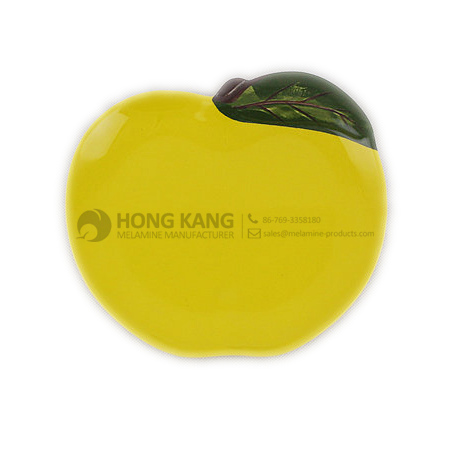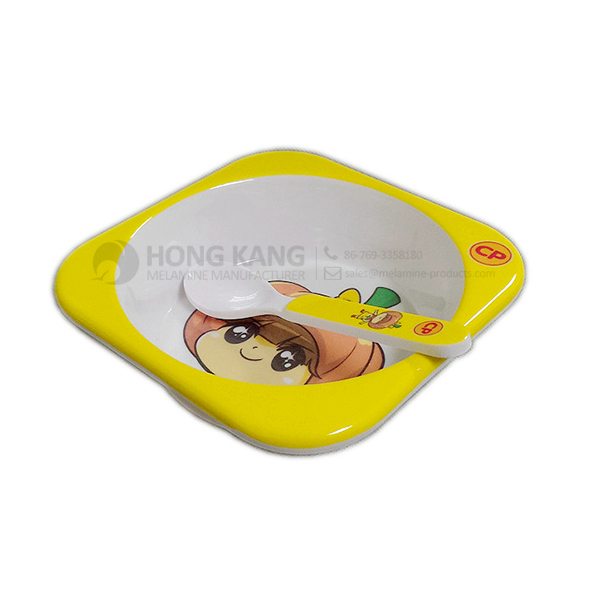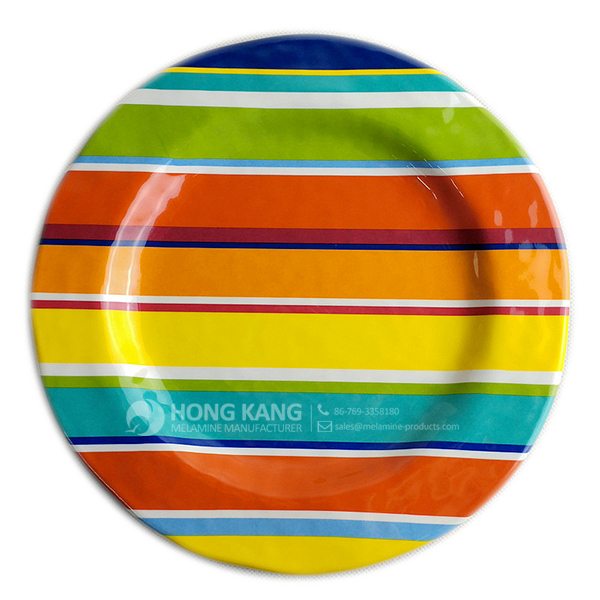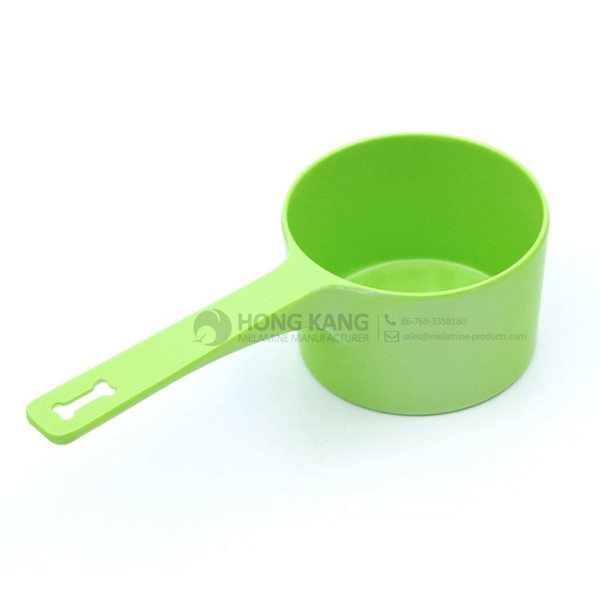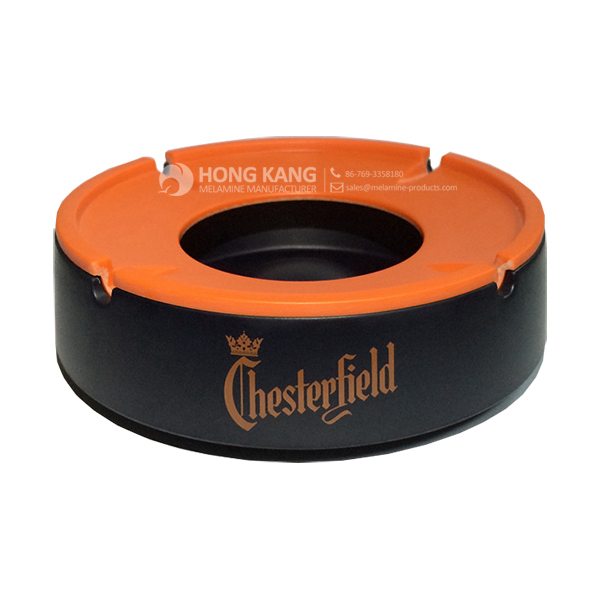Reasonable price for melamine divided tray to Czech Republic Importers
Reasonable price for melamine divided tray to Czech Republic Importers Detail:
| Specification | |
| Item Name | 15.5inch Melamine Divided Tray |
| Item No. | TR088 |
| Shape | Rectangle |
| Body Color | Orange |
| Decal Color | 4 colors print (if need) |
| Finish | Glossy |
| Style | Fashion |
| Motif Design | Customized |
| Shape Design | OEM/ODM |
| Test Standard | FDA,PROP 65,EN71,LFGB etc. by SGS or ITS |
| Packaging | 3pcs/box,12pcs/carton |
| Dimensions | |
| Length | 29.5 cm |
| Width | 39.5 cm |
| Height | 2.8 cm |
| Capacity | N/A |
| Material | |
| Body Material | 100%melamine |
| Decal Material (if need) | 4 colors print (CMYK), or spot color printing, RoHS certificate |
| Imprint (if need) | Seiko ink type 1000 or other type, RoHS certificate |
| Accessories Information | |
| Lid included | No |
| Other | No |
| Weights | |
| Net Weight (kg) | 7.8 |
| Shipping Weight (kg) | 8.8 |
Product detail pictures:
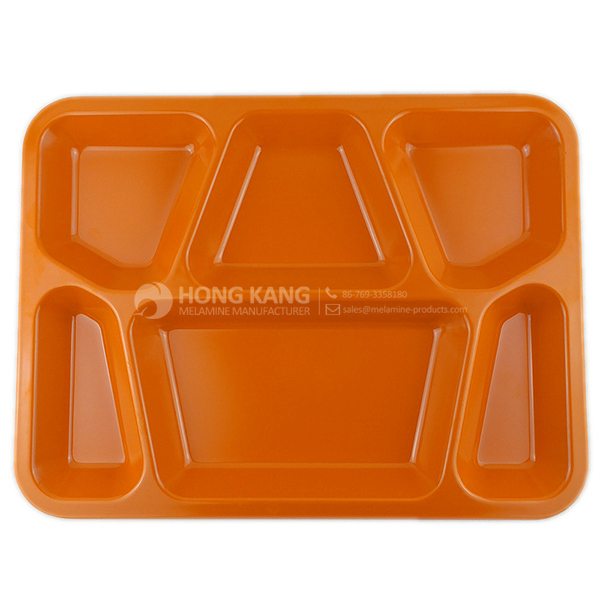
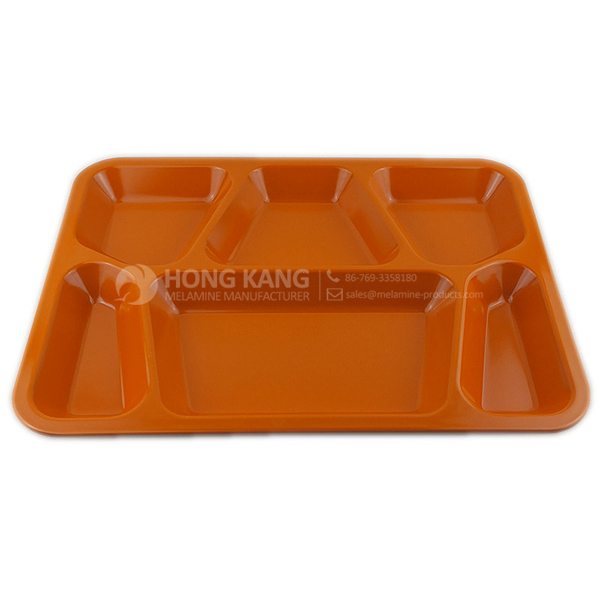
Related Product Guide:
Affordable Types of Dinnerware Sets
The Benefits Of Using Silicone Kitchen Utensils
We support our purchasers with ideal premium quality products and substantial level company. Becoming the specialist manufacturer in this sector, we've acquired rich practical working experience in producing and managing for Reasonable price for melamine divided tray to Czech Republic Importers, The product will supply to all over the world, such as: Latvia , San Francisco , Poland , we always keep our credit and mutual benefit to our client, insist our high quality service to moving our clients. always welcome the our friends and clients to come and visit our company and guid our business, if you are interested in our products, you can also submit your purchase information online, and we will contact you immediately, we keep our highly sincere cooperation and wish everything in your side are all well.
FAQ: 1.Q: Where is your factory located? How can I visit there? A: Our factory is located in Guangdong province, China. Warmly welcome to visit us! 2.Q: What is the material of your products? A: The material is melamine. 3.Q: How can I get some samples? A: We can send the samples by Express/DHL/FedEx/UPS etc. 4.Q: How does your company do regarding quality control? A: We have a very strict QC system. Our inspectors have been closely monitoring the production process from the selection of raw materials to the final step of the finished products. 5.Q: Can you print our logo on the product & packing? A: Yes, We can print your logo on our products. 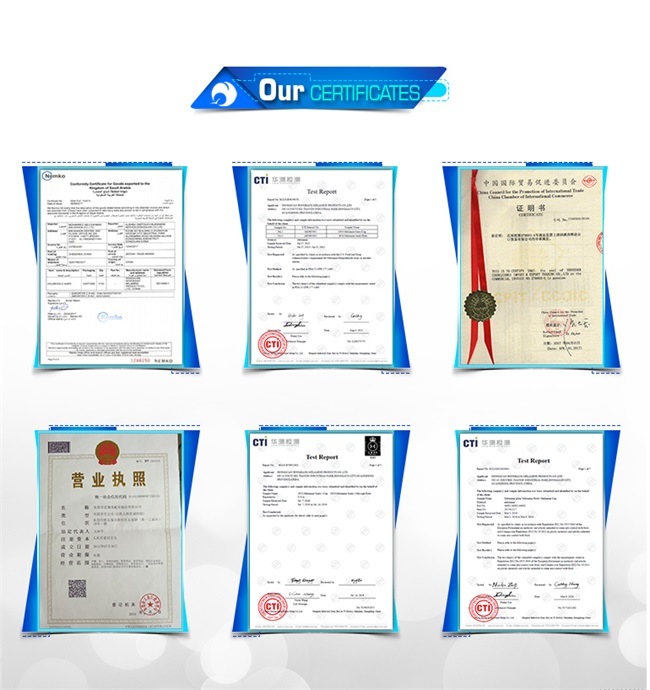
| * Do Not Touch On Fire Directly | |
|---|---|
| * Do Not Washing By Steelwire Ball | |
| * Non-Microwave Ovens | |
| * Dishwasher Safe |
ACALL 0808130-8899 089235-42268 093199-33241 Low Price Machinery For Sale Thermocol Dona-Plate Machine, Disposable Glass Machines, Paper Dona-Plate Machines, Paper Cup Machines, Food Processing Machines, Plastic Product Making Machine, Textile Machineries, Different Pouch Packaging Machines, Mineral Water, Note Book Making Machine, Melamine Crockery Machine, Interlocking Machine, Candle Machine, Bakery Machines 2000 Machines Etc.…@34,999/Onwards
0% Finance
Free Training/Marketing Agreements & up to 25% off
Apna Full Name-Address, Email.id Sms Kre.
S K INDUSTRIES
101 GARDEN CITY
OPP PAWAN VIHAR,
UNIVERCITY ROAD
BAREILLY UP
Speaking of this cooperation with the Chinese manufacturer, I just want to say"well dodne", we are very satisfied.






